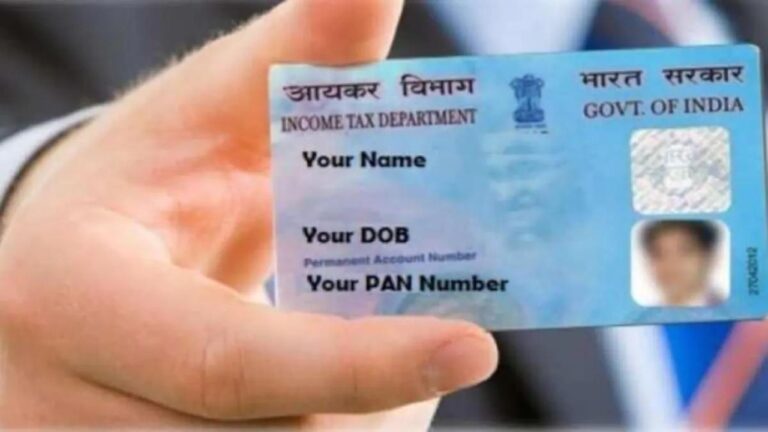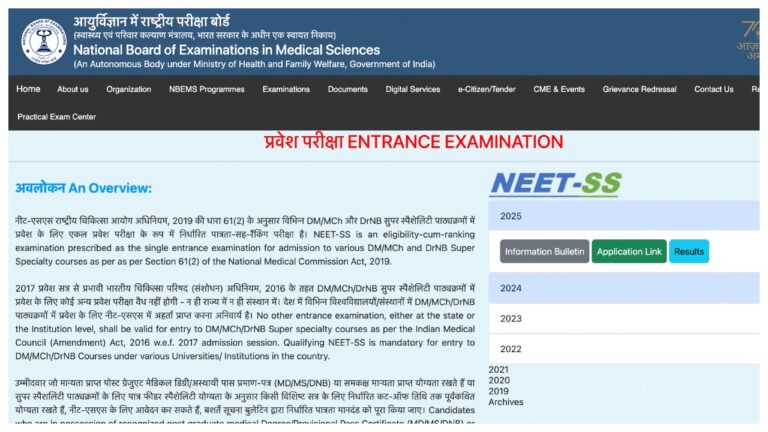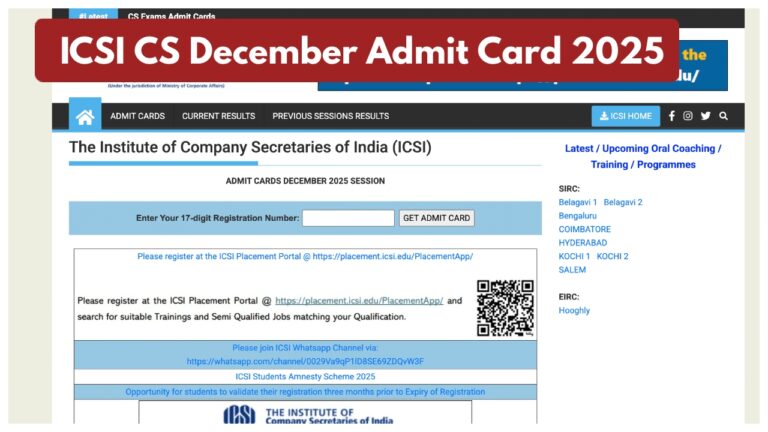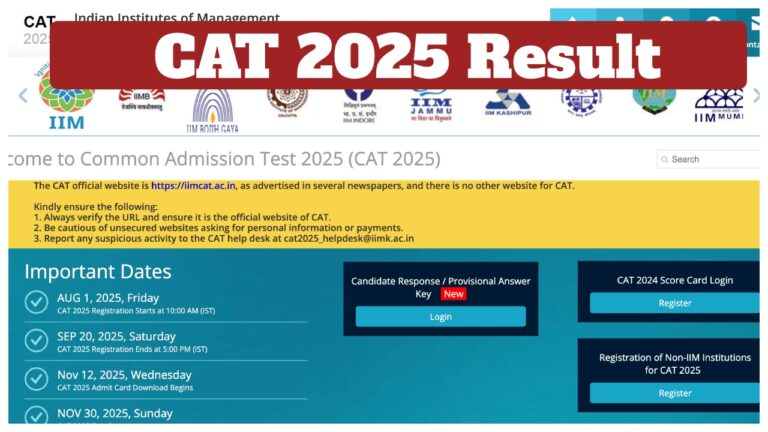A fixed-rate means that the interest rate will remain the same for the entire tenure of the loan. There will be no change in the interest rate, and as a result, your EMI will also remain the same.
For example, if you take a home loan at an interest rate of 8.20% for 30 years with a monthly EMI of Rs 22,000, you will have to pay Rs 22,000 every month for the entire 30 years. The EMI will not change during this period.
However, it is important to note that many banks may convert the fixed rate to a floating rate after some time. Before choosing this option, ensure that you confirm this aspect with the bank.
Floating Rate
In a floating-rate loan, the interest rate changes over time. The rate is linked to the bank’s benchmark rates, and whenever the Reserve Bank of India (RBI) changes the Repo Rate, the interest rates on home loans may also change. As a result, the EMI can fluctuate as well.
If the interest rate increases, your EMI may increase. However, if you do not want your EMI to rise, the loan tenure may be extended.
Advantages and Disadvantages
- Fixed Rate:
The primary advantage of a fixed rate is that the EMI remains the same throughout the loan tenure. This ensures stable cash flow and allows for better financial planning. - Floating Rate:
In a floating-rate loan, the EMI can increase if interest rates rise, which can affect your savings and budget. Additionally, your loan period may increase if the interest rate goes up. However, if the benchmark rate falls, your interest rate and EMI may decrease, which is an advantage that fixed rate loans do not offer.
In summary, fixed-rate loans offer stability, while floating-rate loans have the potential for fluctuating EMIs based on market conditions. It’s essential to weigh the pros and cons based on your financial situation before making a decision.









